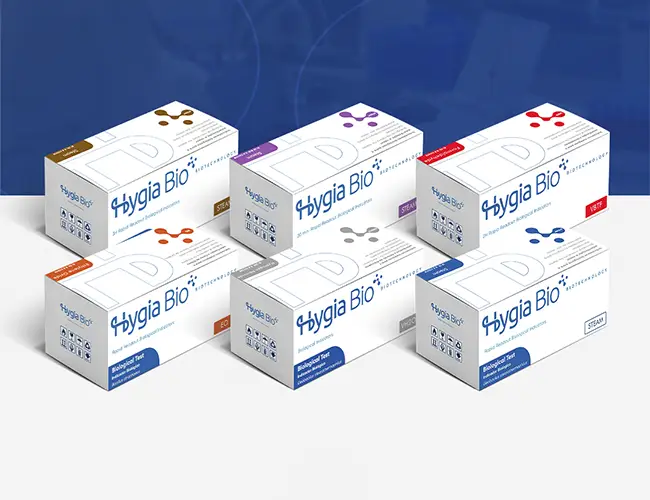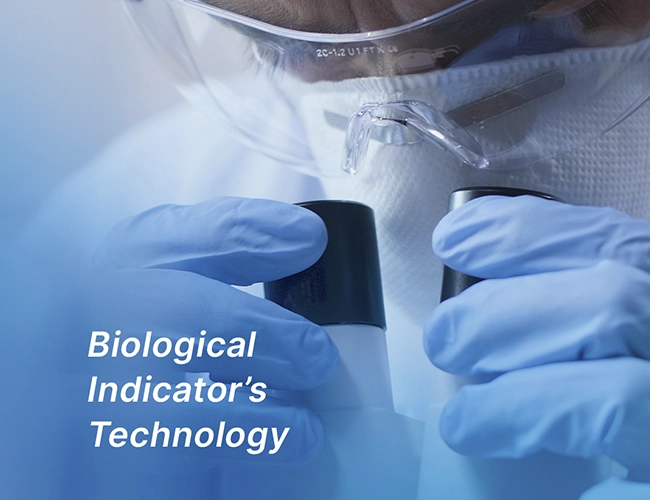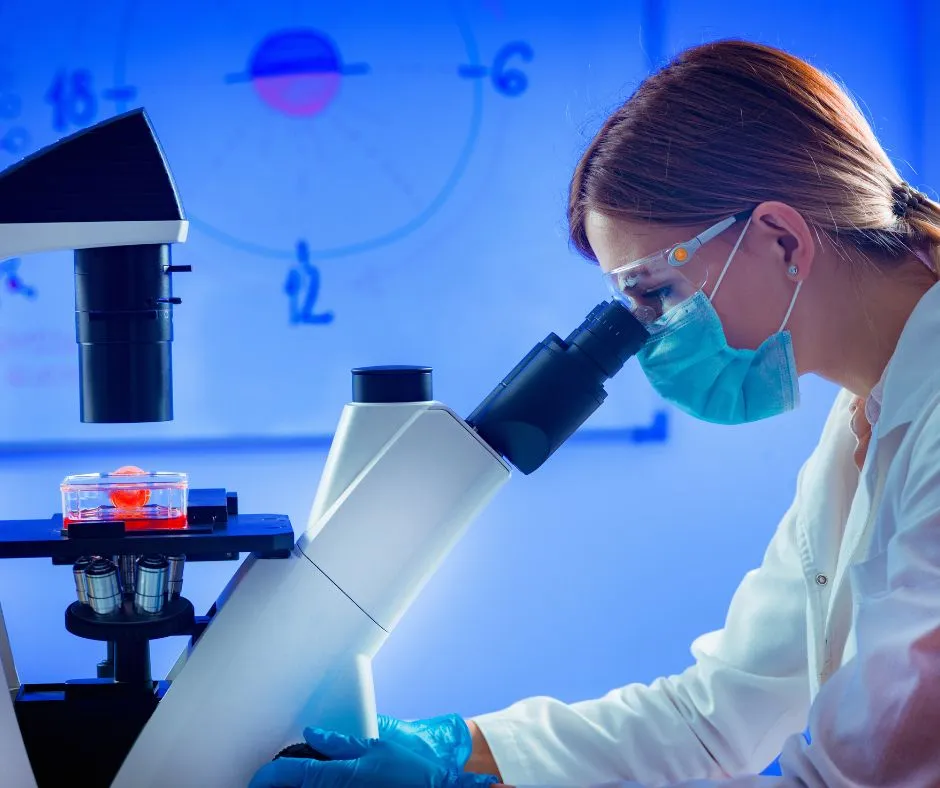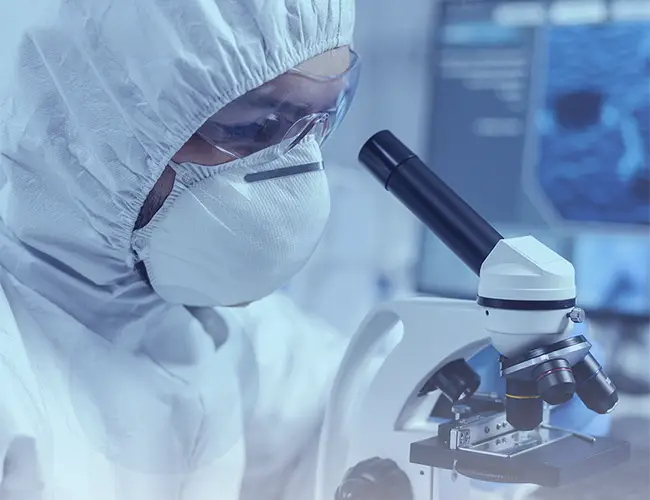The fluorescence technology has been revolutionizing the biosecurity field, specially when applied to biological indicators. This innovation, represented by Hygia Bio’s products, stands out as a crucial tool to ensure the efficacy of the sterilization processes in medical-hospital environments. Let’s dive deep in the science behind this technology and let’s understand how it works and why it is so important.
What are Biological Indicators?
Biological Indicators are devices used to validate the efficacy of sterilization processes. They contain microorganisms known for their resistance to sterilization; if the process is effective, these microorganisms will be inactivated. The fluorescence technology allows a quick and efficient detection of this inactivation, serving as a trustworthy indicator that the sterilization process was successful.
How does fluorescence technology work?

The fluorescence technology in biological indicators is based on the capability of certain substances to emit light when exposed to a light source with specific wavelength. In the biosecurity context, biological indicators have compounds that glow with fluorescence under specific conditions, such as after the exposition to effective sterilization processes.
When the biological indicator is exposed to the sterilization process, if the present microorganisms were effectively inactivated, there’ll be a chemical reaction that can be detected through fluorescence. The great advantage of this technology is its speed and easiness to interpret the results, allowing an almost immediate response regarding the efficacy of the sterilization.
Hygia Bio Technology
The application of the fluorescence technology in biological indicators is a meaningful advancement on the prevention of hospital infections. On offering a quick and trustworthy response regarding the sterilization efficacy, this technology allows health care environments to take immediate measures in case one sterilization cycle turns out ineffective, ensuring, therefore, a safer environment for both patients and health care professionals.
Hygia Bio, with their line of biological indicators by fluorescence, is at the forefront of this innovation, supplying essential tools for the monitoring of sterilization. This not only elevates the care and safety norms in healthcare environments but also reflects the company’s commitment with this innovation and its excellency in biosecurity. These indicators are projected for different sterilization processes, such as through vapor, ethylene oxide, hydrogen peroxide and formaldehyde, having a response time between 20 minutes and 4 hours. This approach allows precise adjustments to the different needs of sterilization, ensuring an effective and efficient microbial inactivation.

This innovation manifests itself in the capability of giving fast and trustworthy results, essential for medical and hospital environments where time and safety are critical. When incorporating the fluorescence technology, Hygia Bio allows a quicker detection in comparison to traditional means, significantly reducing the response time to get the confirmation of the sterilization efficacy, allowing therefore for a quick intervention when needed.
Besides that, precision and ease of use of these biological indicators improve the reliability of the sterilization processes, contributing for safer healthcare environments. This innovation reflects Hygia Bio’s commitment with the biosecurity technology vanguard, reinforcing their mission of minimizing the risks of contamination and infection, protecting both patients and healthcare professionals.








